Hypnagogia and Subcritical States: The Gateway to Sleep and Insigh
“Just before sleep, the mind slips into a strange, luminous space where logic loosens, images bloom, and ideas spark from nowhere. This is hypnagogia the hidden doorway between waking and dreaming.”
Every night, there’s a brief moment when our thoughts soften, logic loosens its grip, and the boundary between waking and dreaming begins to blur. That moment is hypnagogia the liminal state between wakefulness and light sleep. It’s a fertile ground for imaginal thought, flashes of insight, and bridging the rational mind with the subconscious.
What Is the Hypnagogic State?
Hypnagogia refers to the transitional phase from wakefulness into stage 1 non-REM sleep (N1). In this state:
-
Sensory inputs begin to fade
-
Mental imagery, hallucinations, or brief flashes of thought emerge
-
Conscious awareness dims but doesn’t fully disappear
You might see fragments of dreams, hear voices or sounds, or drift through visual impressions. It’s neither fully dreaming nor fully awake a hybrid terrain.
Neuroscience often frames this as a subcritical state neural dynamics are quieter, more synchronized, and less variable than during full waking or active thought, yet still open to associative exploration.
Brain Waves in the Transition
As we descend from wakefulness into hypnagogia, brainwave frequencies change in characteristic ways:
|
Stage / State |
Dominant Brain Waves |
Qualitative Experience |
|
Wakefulness |
Beta (13–30 Hz) |
Active thinking, logical processing |
|
Relaxed Wake / Drowsy |
Alpha (8–12 Hz) |
Calm, inward focus, reduced sensory processing |
|
Hypnagogia / N1 |
Theta (4–8 Hz), mixed Alpha/Theta |
Imagery, drifting thoughts, unusual associations |
In hypnagogia, faster beta rhythms fade, and alpha → theta transitions dominate, indicating more synchronized, slower cortical activity. The brain becomes less excitable and more predictable less about precise output, more about letting ideas drift.
Research suggests that certain brain networks (especially memory, imagery, and associative networks) remain active during this transition, weaving fragments of waking impressions, internal thought, and imagery into fleeting hybrids.
Thalamic deactivation often precedes cortical deactivation, which may explain why vivid visual and spatial imagery can emerge while “higher thinking” is shutting down.
Where Creativity Emerges: The Sweet Spot of Insight
Hypnagogia has long been romanticized as the birthplace of creative insight. Legends abound Edison, Dalí, and others reputedly leveraged this boundary state to harvest flashes of inspiration. Modern science is beginning to confirm that something profound may lie there.
Empirical Evidence & Studies
-
A 2021 “sleep onset is a creative sweet spot” study demonstrated that spending just ~15 seconds in N1 increased the chances of insight into a hidden mathematical rule. But this benefit vanished if participants drifted into deeper sleep.
-
In a targeted dream incubation (TDI) experiment, researchers guided participants to think about a specific theme (e.g. “tree”) during N1. Those participants later performed more creatively on tasks related to that theme.
-
The MIT Media Lab's Dormio device implements TDI: by monitoring physiological signs (muscle tone, heart rate, skin conductance), the system intervenes during sleep onset to prompt dream content. Users of Dormio exhibited improved storytelling, associative thinking, and overall creative output.
-
Patients with narcolepsy, whose transitions into sleep happen more frequently during waking hours, often report hypnagogic hallucinations; their creativity metrics tend to be elevated, further supporting the link between early sleep imagery and divergent thought.
These findings suggest that hypnagogia is not just correlate but may play a causal role in creative insight by loosening associative constraints and letting remote ideas connect.
Hypnagogia and Subcritical Stability
From a neural dynamics perspective, hypnagogia resembles a subcritical regime:
-
Reduced variability and noise
-
More synchrony across networks
-
Stability with enough “wiggle room” for novel associations
This state helps prevent mental chaos, while still allowing the brain to explore unconventional paths. In contrast, a supercritical (too chaotic) state may flood cognition with noise; a too subcritical (overly rigid) state may stifle creativity. Hypnagogia lies in a middle ground.
It’s in this balanced “edge” that the brain may simultaneously prepare for deeper sleep while offering just enough freedom for creative sparks to emerge.
How to Tap the Hypnagogic State (Wisely)
If you’d like to experiment with harnessing hypnagogia for insight, here are practical suggestions:
-
Relax before sleep
Use gentle breathing, progressive muscle relaxation, or ambient sound to ease your mind. -
Don’t force thinking
Let thoughts drift rather than trying to wrestle ideas. The magic often happens in the looseness, not the push. -
Use a “waker” object trick
Inspired by Edison and Dalí: hold a light object (a spoon, ball) in your hand just above a surface. As your muscles relax, it drops and wakes you, giving you a chance to capture your last thought. -
Keep a notepad or recorder by your bedside
As soon as you awaken, jot down the images, phrases, or fragments you recall — before they slip away. -
Try guided dream incubation (TDI)
Use gentle auditory cues as you drift into sleep to prompt certain themes. As research suggests, guiding the content may enhance the post-sleep creativity tied to that theme. -
Limit caffeine and overstimulation in evening
A calmer brain sets the stage for a more vivid hypnagogic edge. -
Practice moderation
Don’t expect genius every night. The hypnagogic window is fleeting. Even a few seconds in this state may hold value.
Conclusion
The hypnagogic state is more than a curiosity it’s a neural liminal zone where the brain transitions from wakeful logic to restorative sleep. In that space, imagery blooms, associations loosen, and creative insights may slip in. It’s a domain where subcritical stability and imaginative flux meet.
By understanding and gently exploring hypnagogia whether through relaxation, dream incubation, or simple bedside tricks you may tap into a subtle doorway of creativity. The next big idea might just whisper its way into awareness from between the waking world and the dreamscape.
References
-
Delphine Oudiette et al. (2021). Sleep onset is a creative sweet spot. PMC
-
Horowitz, Maes et al. Targeted Dream Incubation at Sleep Onset Increases Creativity. PMC.
-
MIT Media Lab: Dreaming and Creativity / Incubating Dreams studies.
-
“That moment when you're nodding off is a sweet spot for creativity” (MIT News)
-
“We are at our most creative just before we fall asleep” (World Economic Forum)
-
Charles Dickens’ Hypnagogia, Dreams, and Creativity (Frontiers)
-
Harvard Medicine Magazine: Behind the Veil of Hypnagogic Sleep

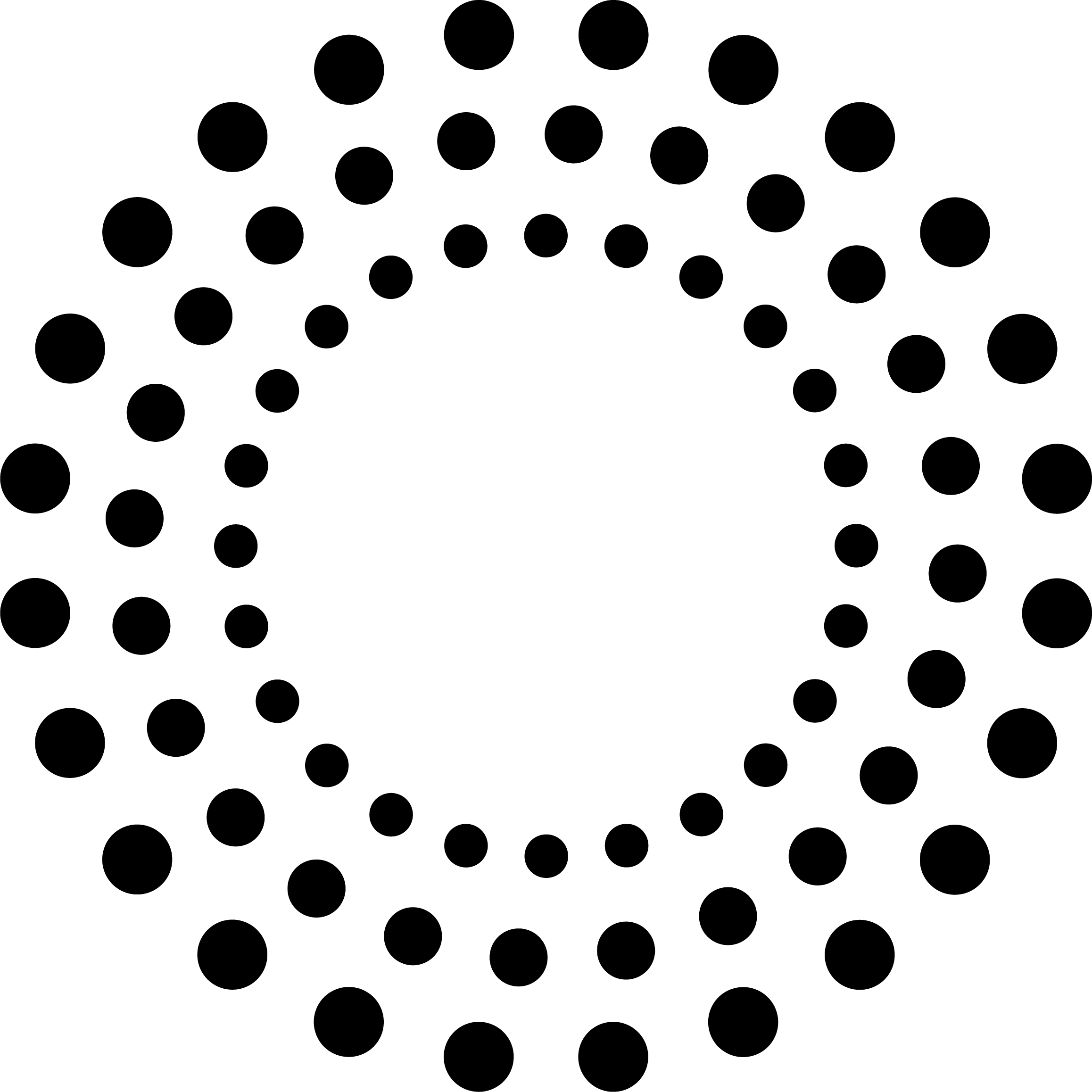

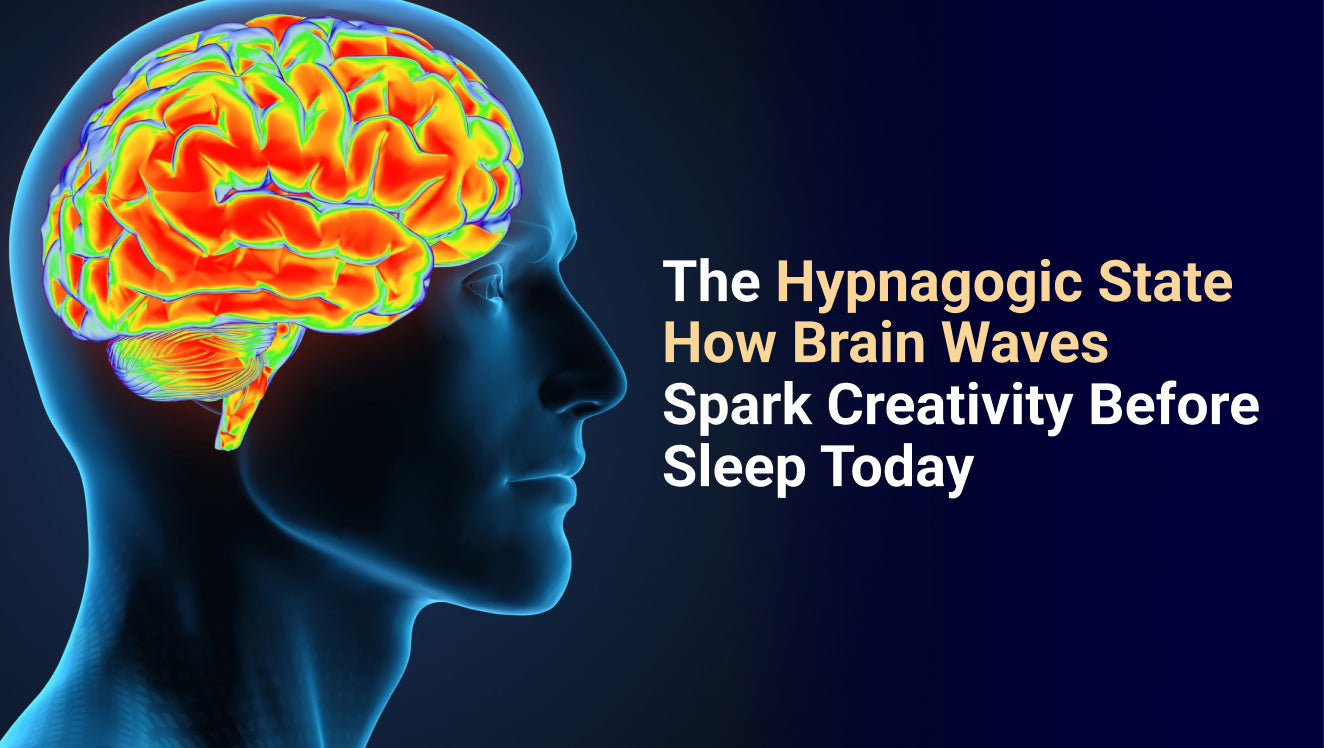

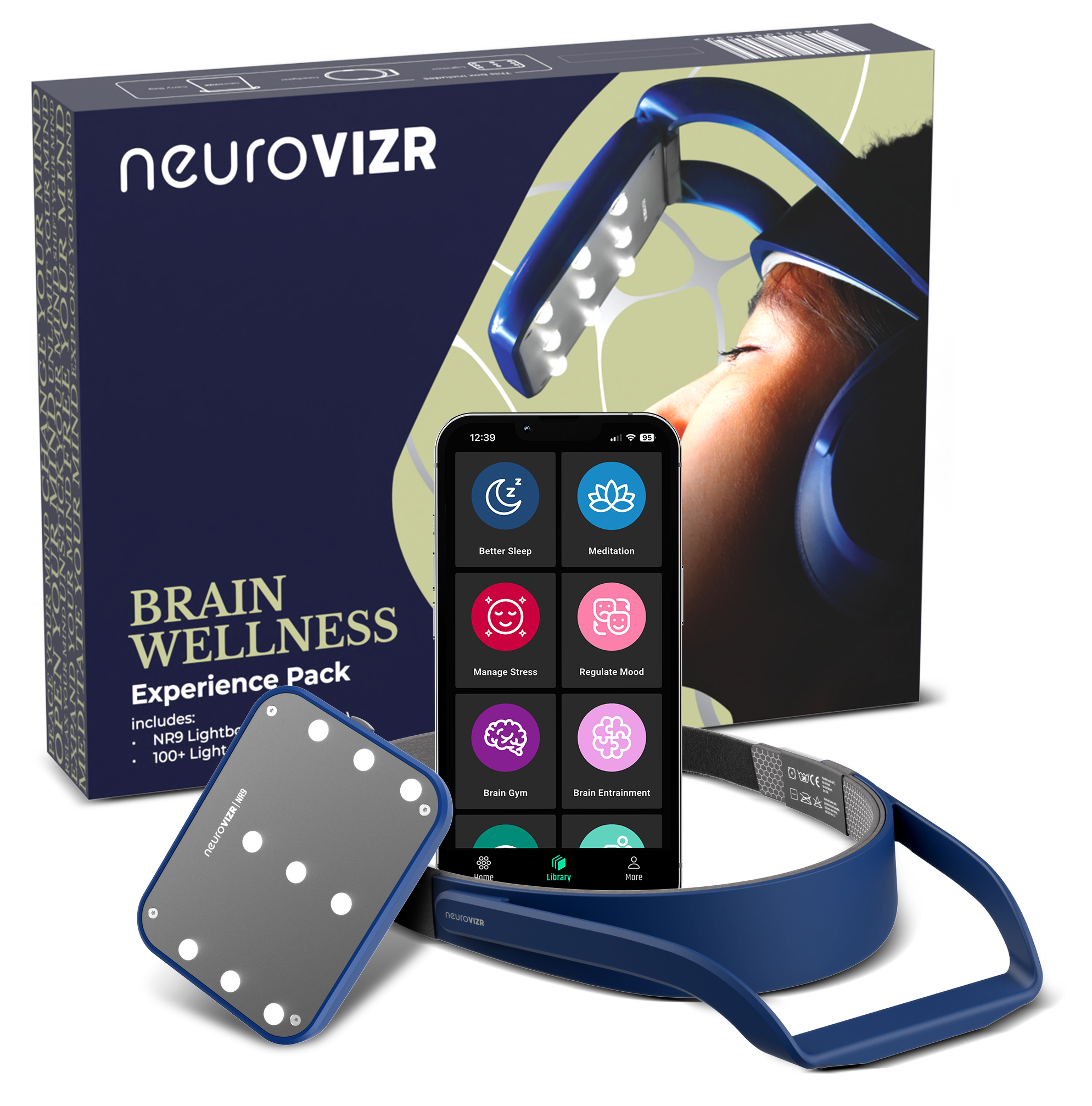

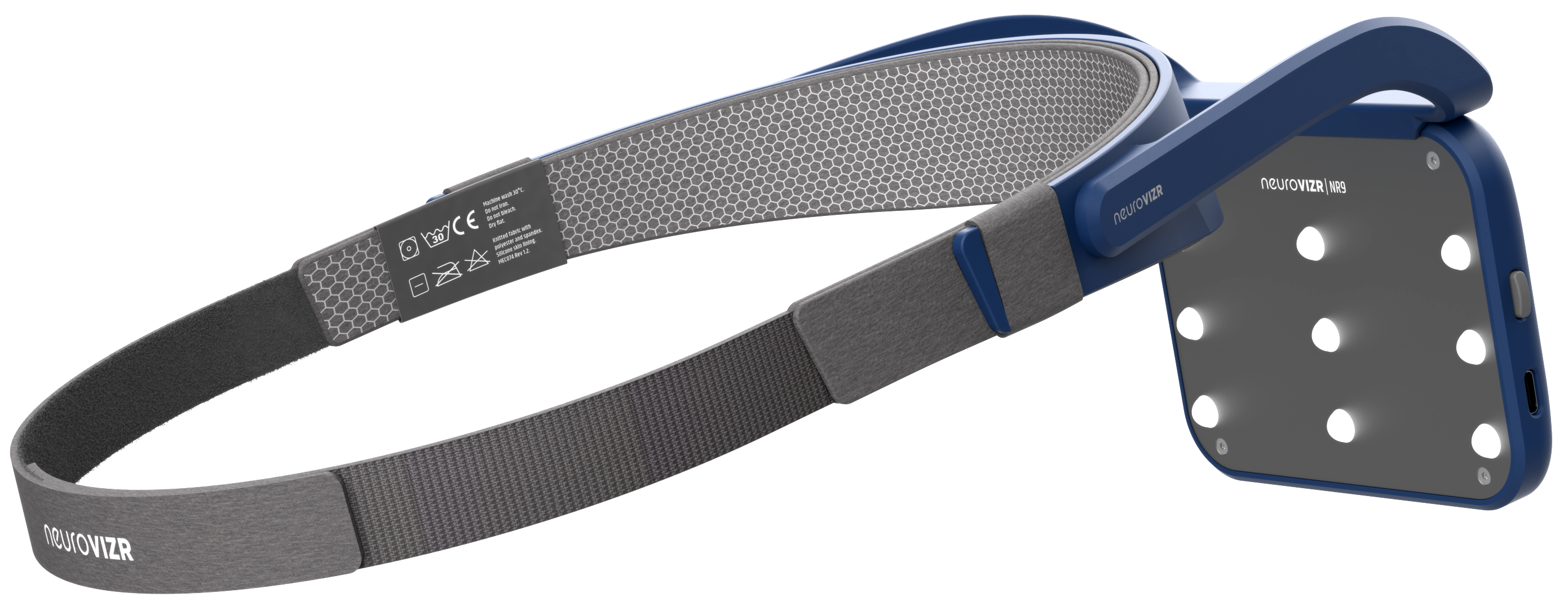
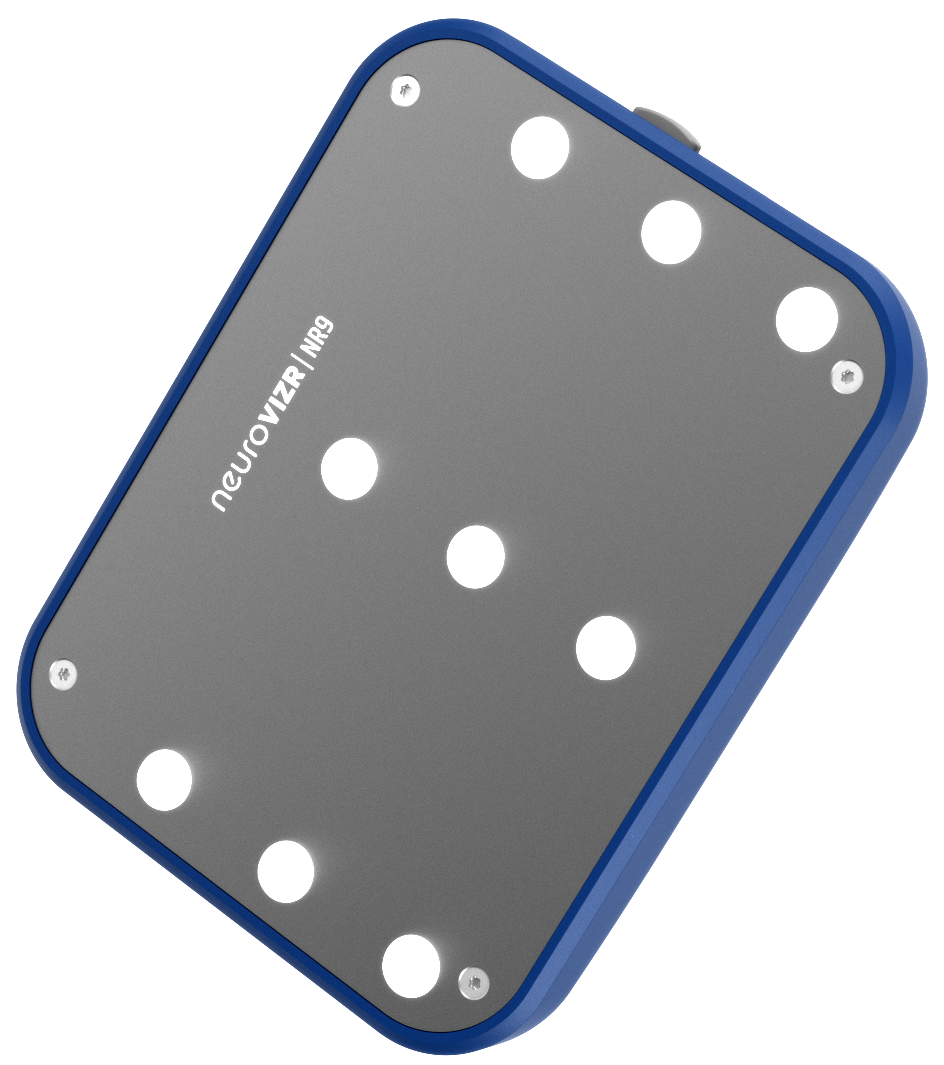
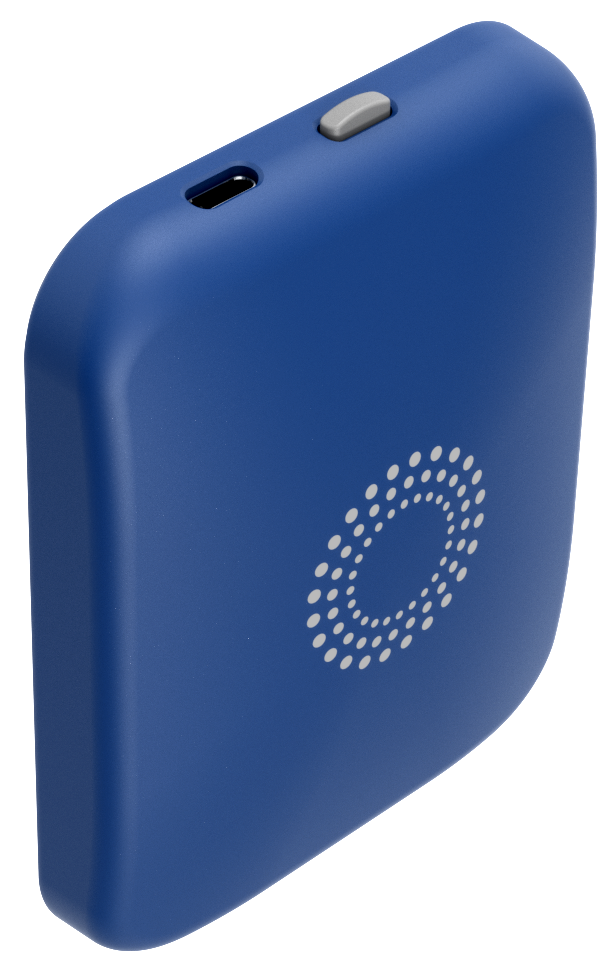
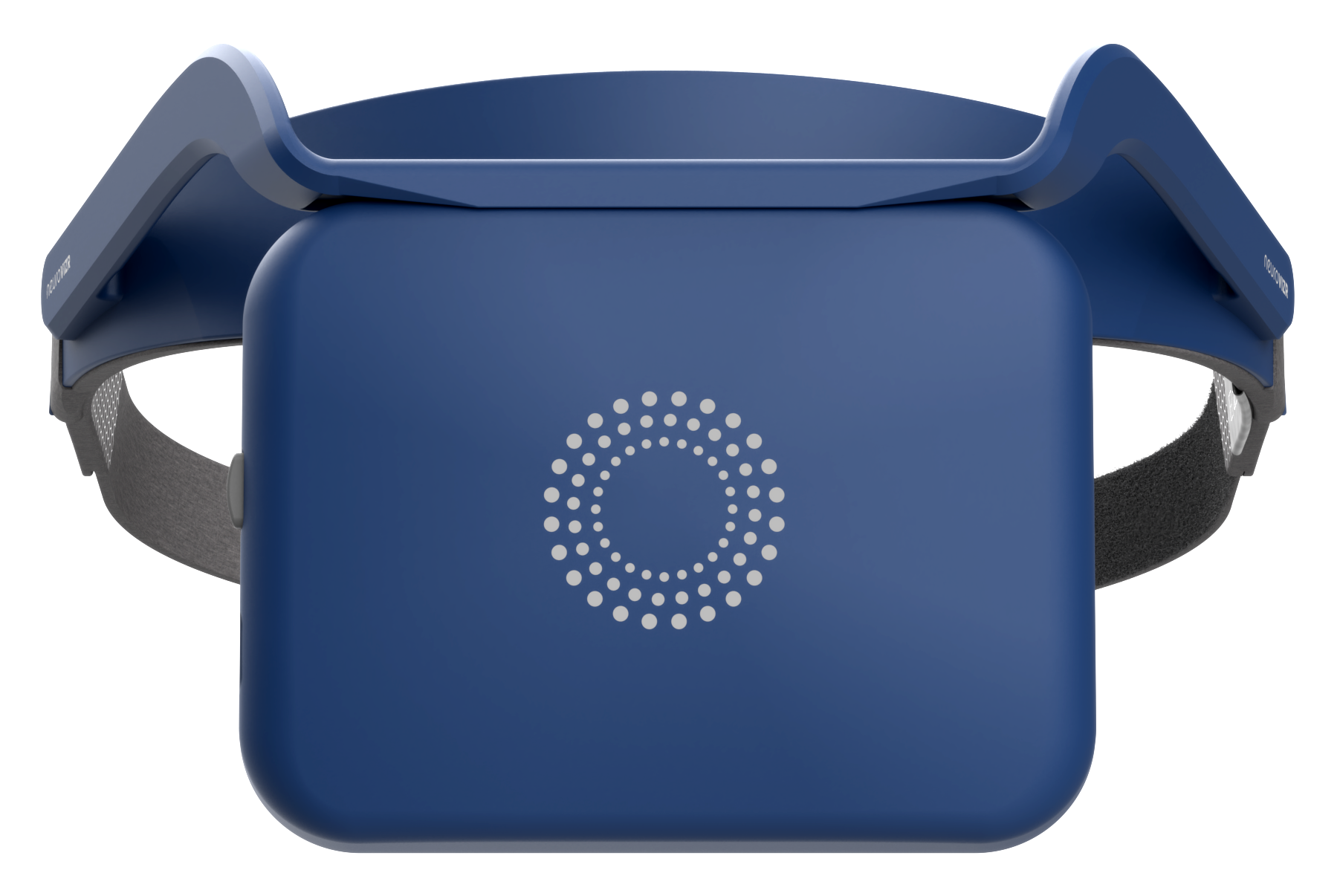
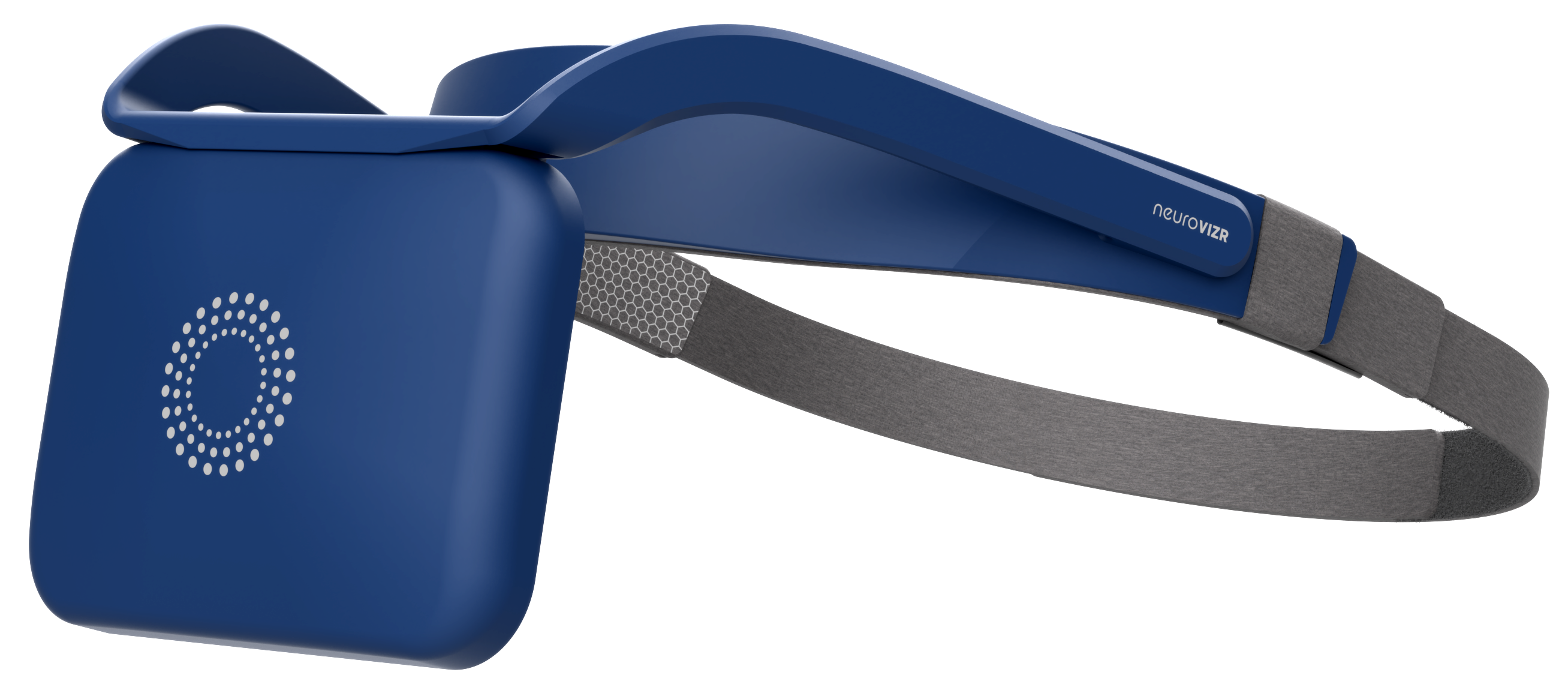
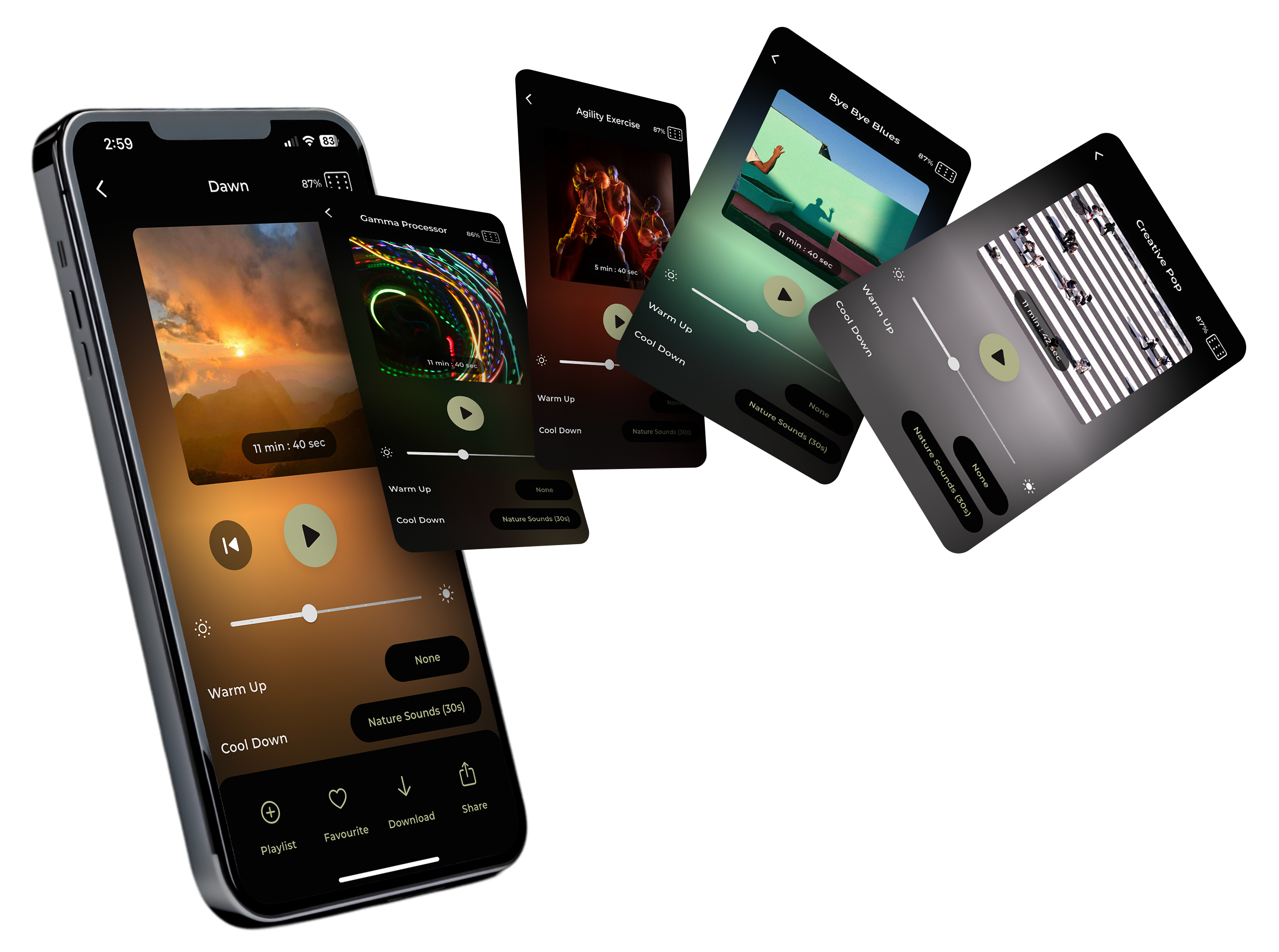
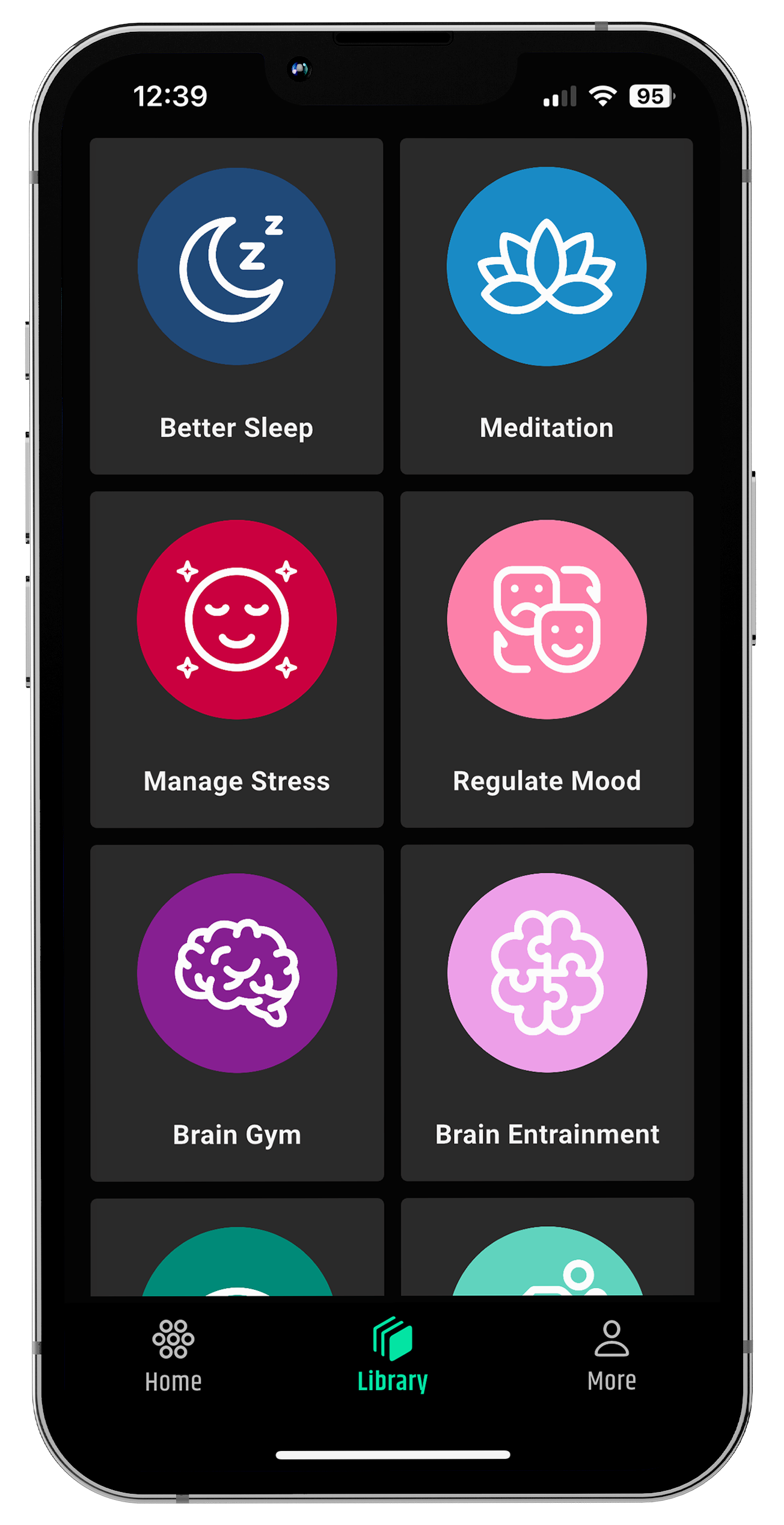
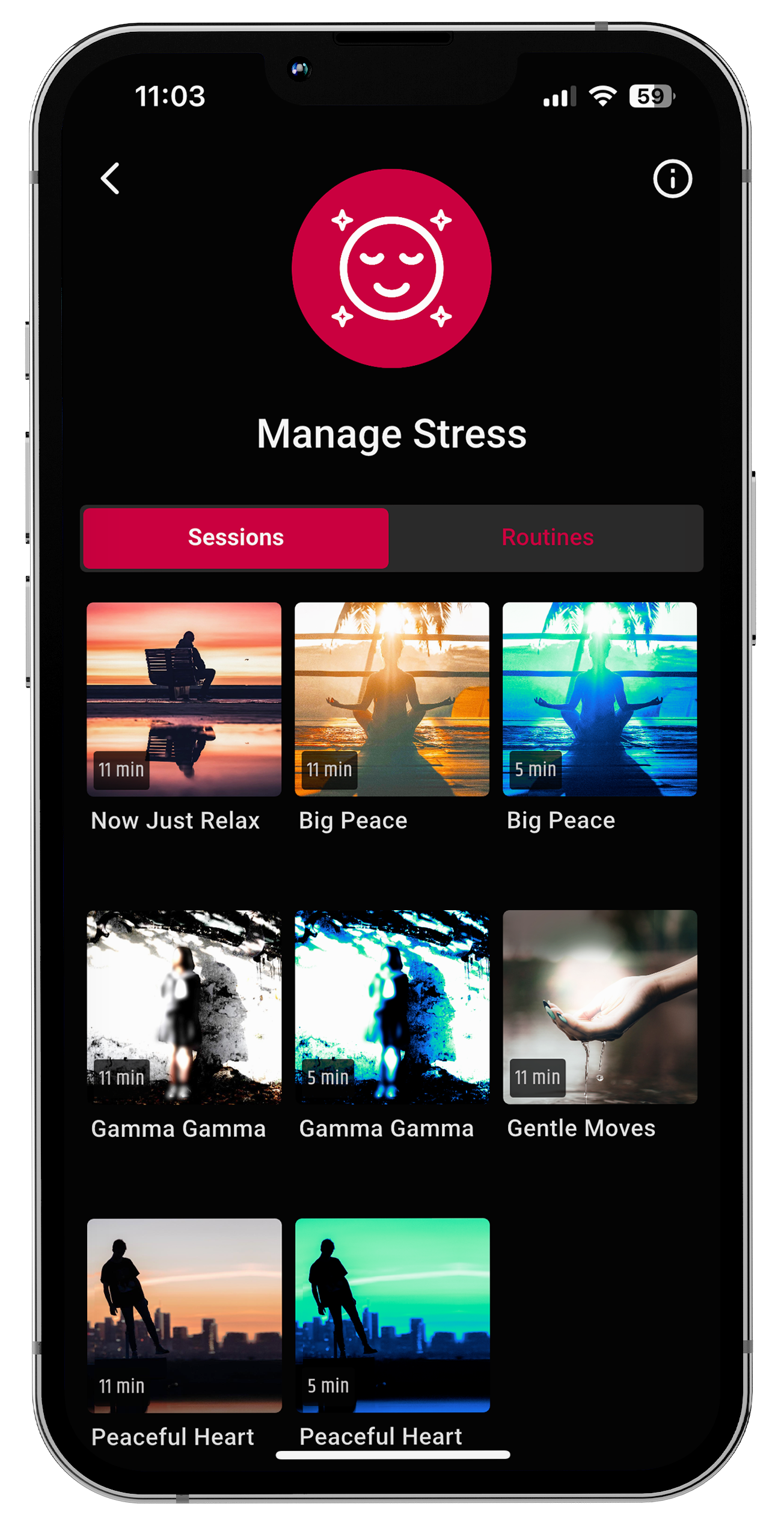
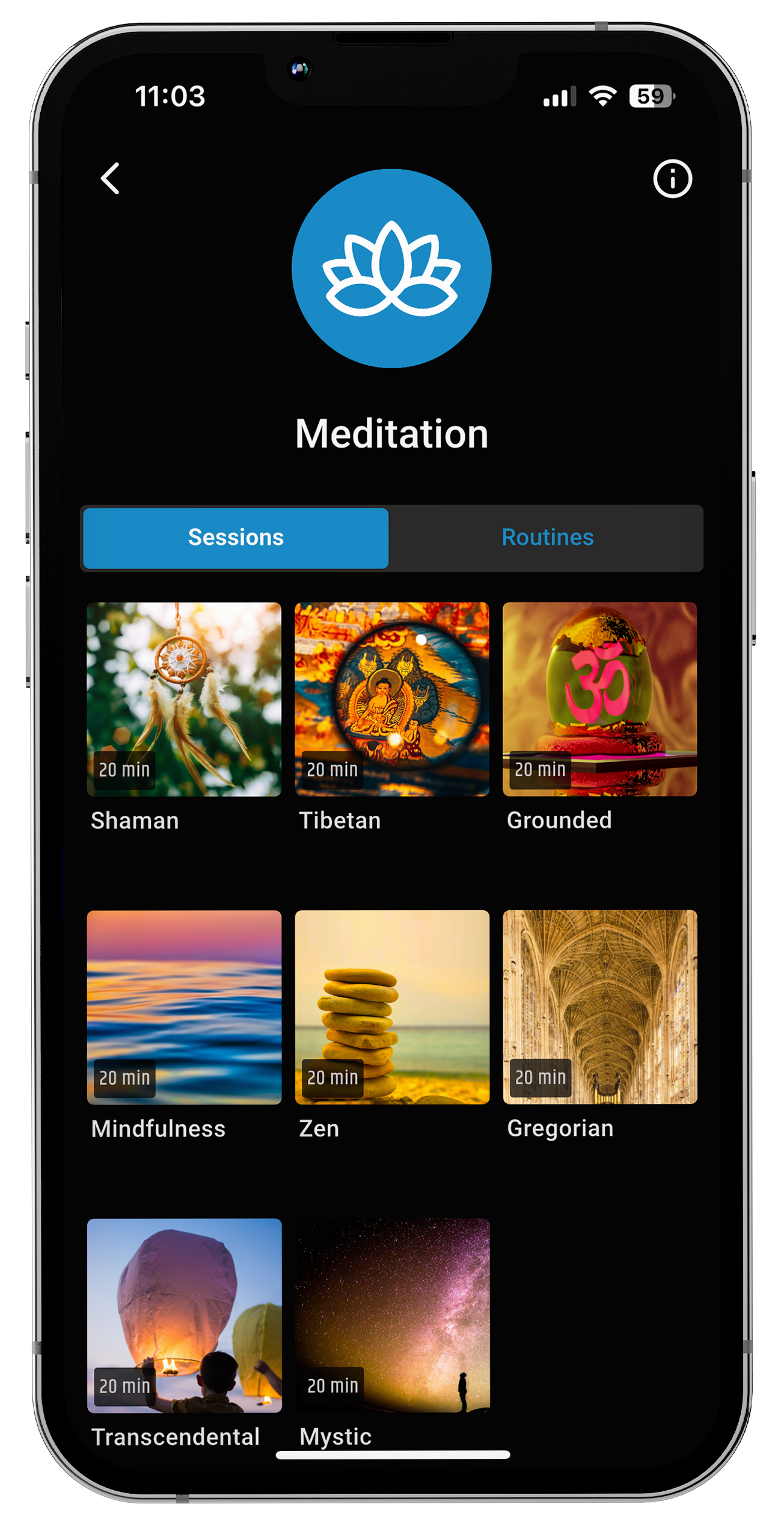
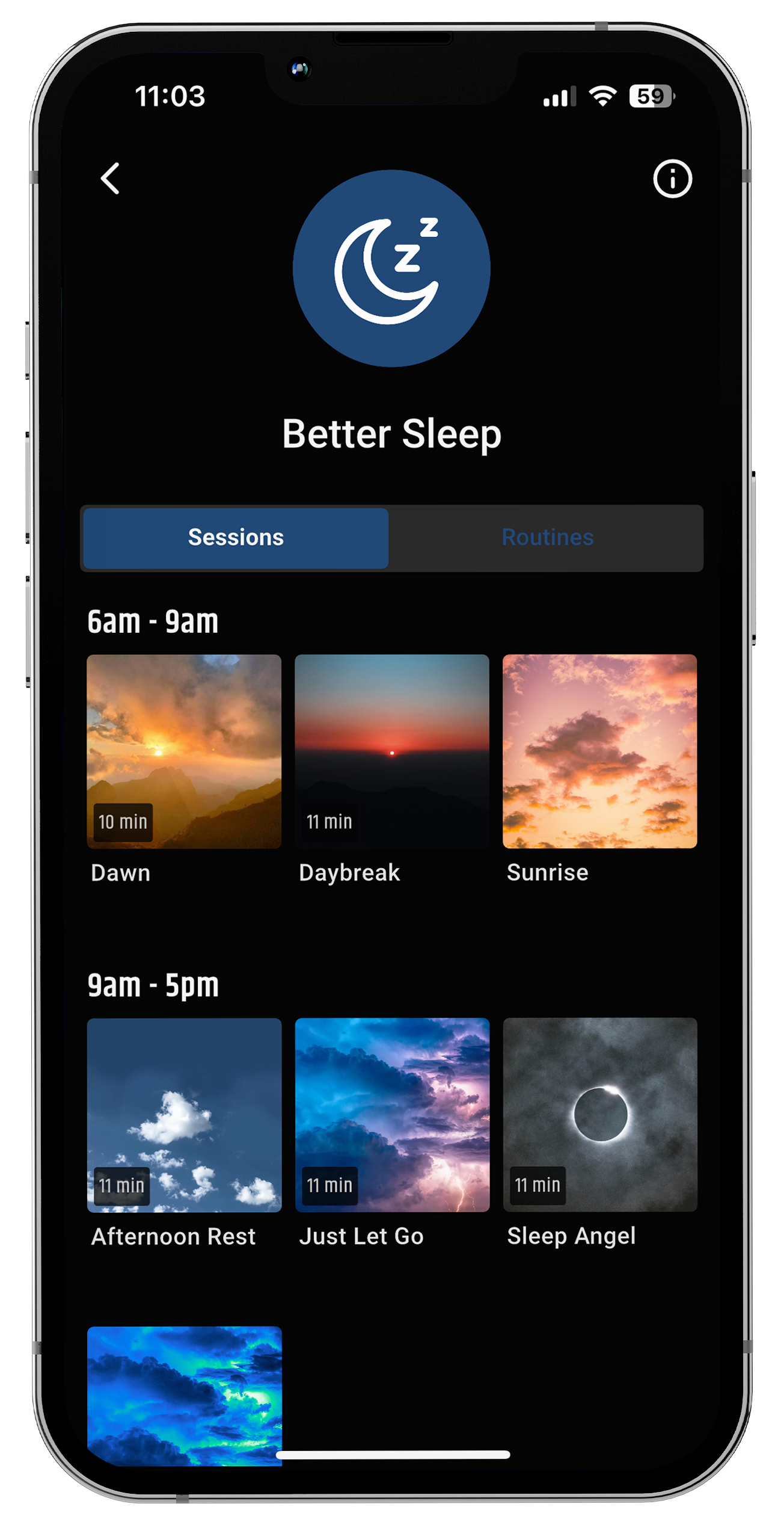
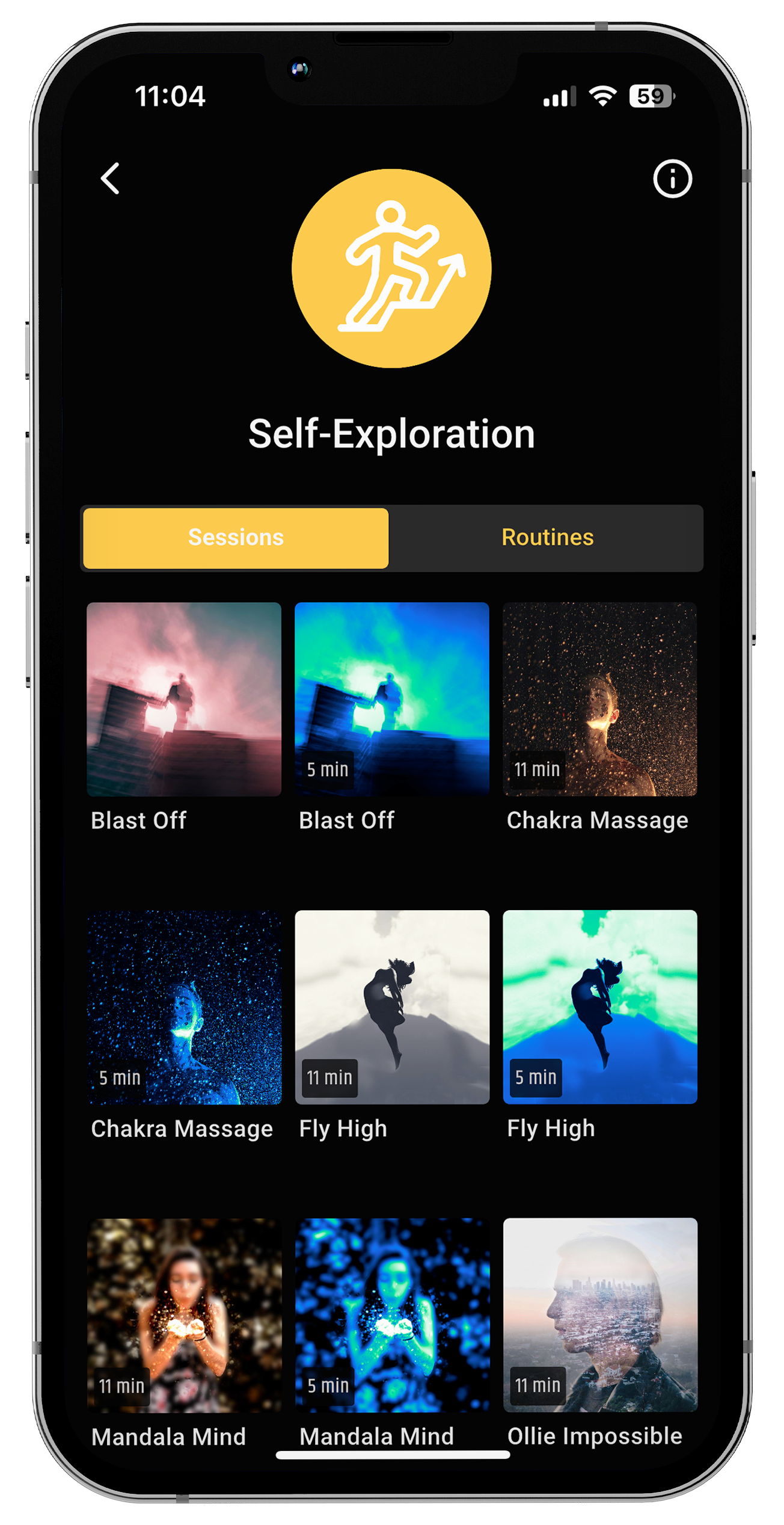
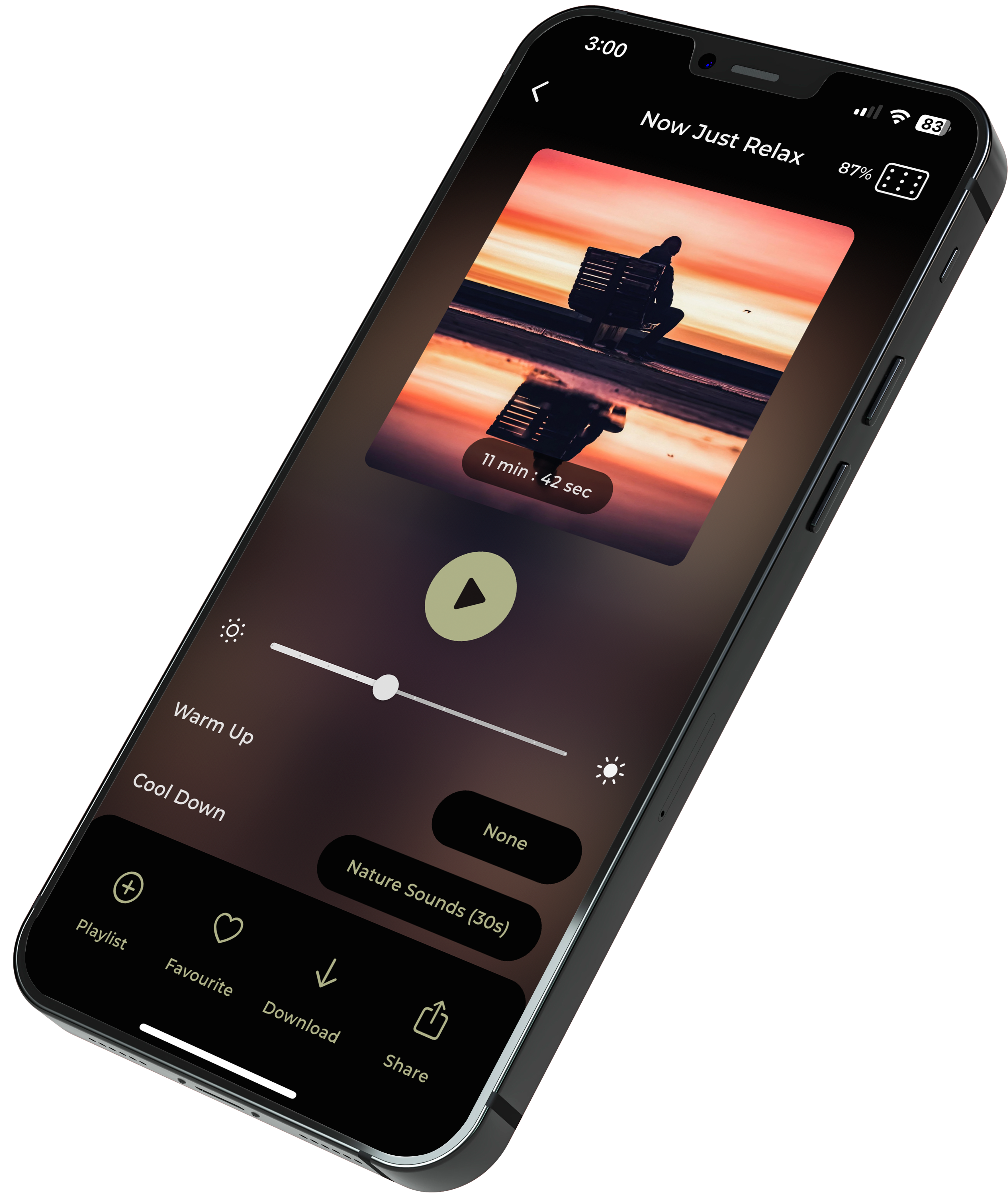


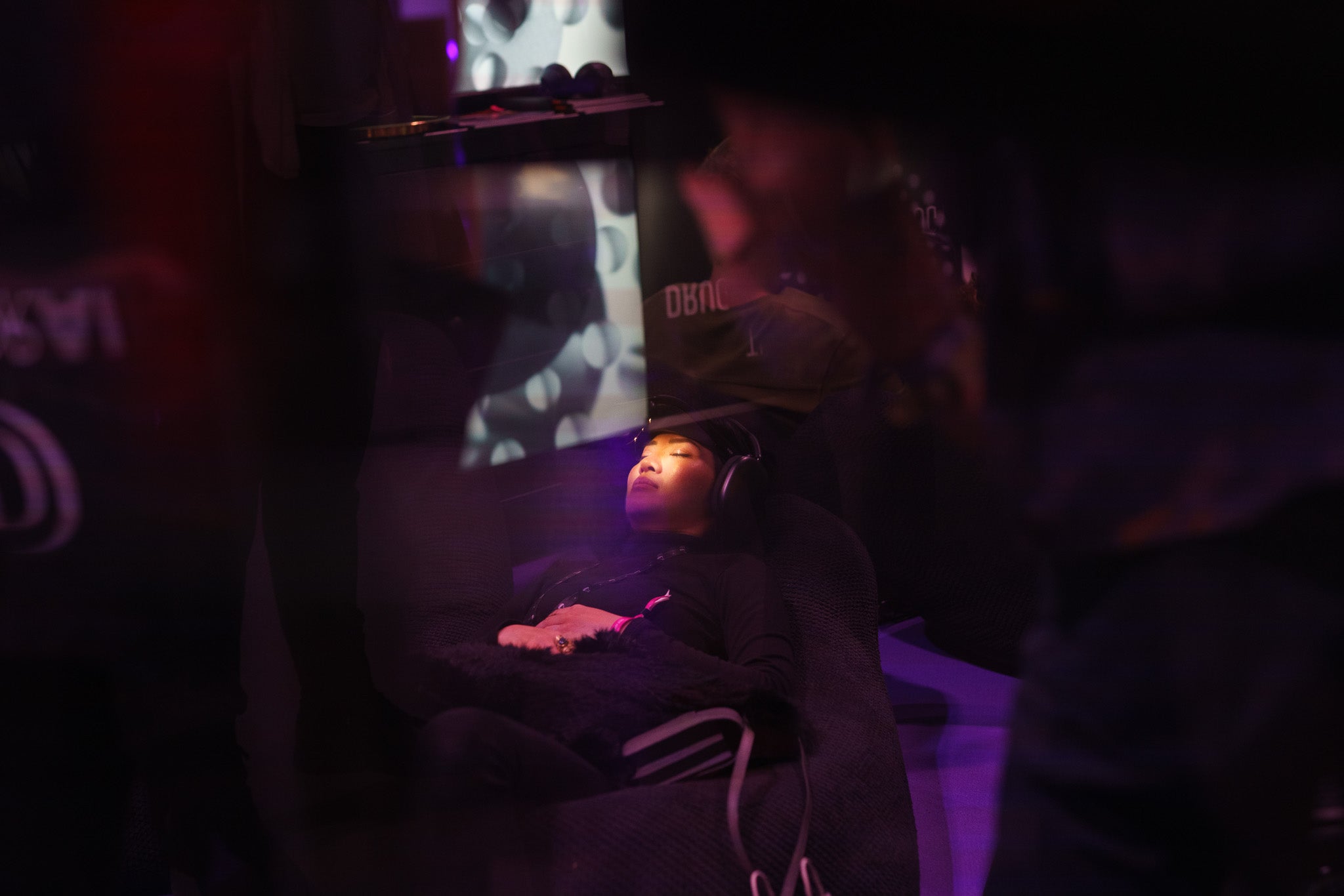



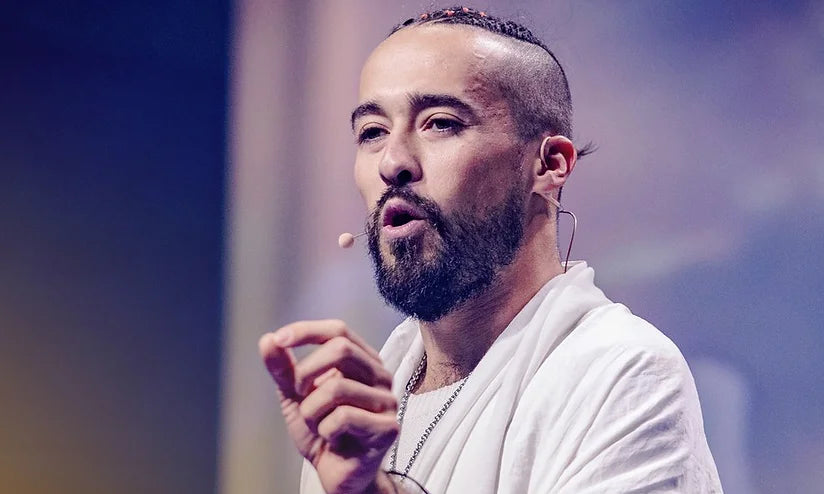
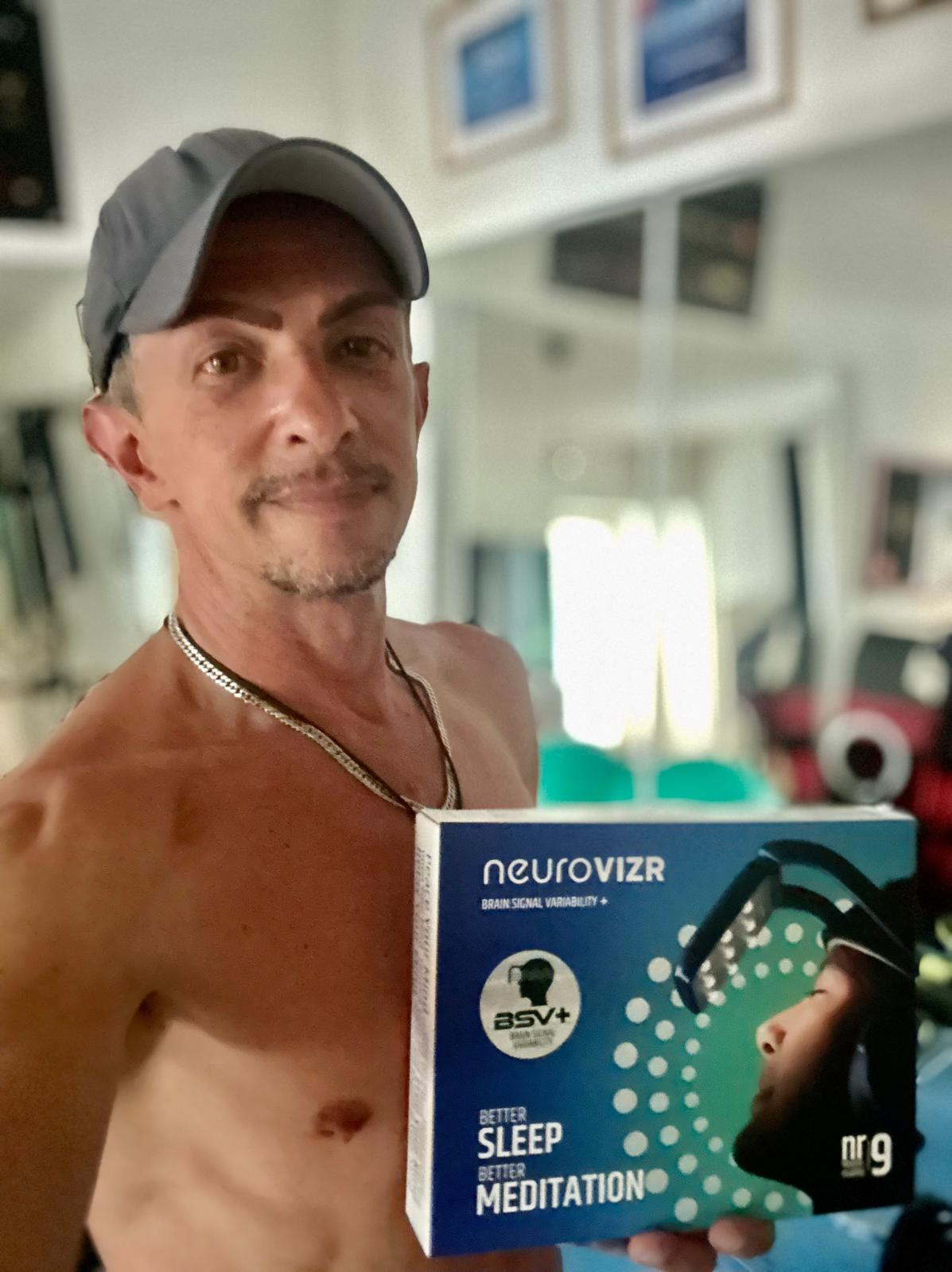
Partager:
The Rhythm Between Heart and Brain: How HRV Shapes Mental Performance
Balancing Brain States: Criticality as the Sweet Spot for Peak Performance